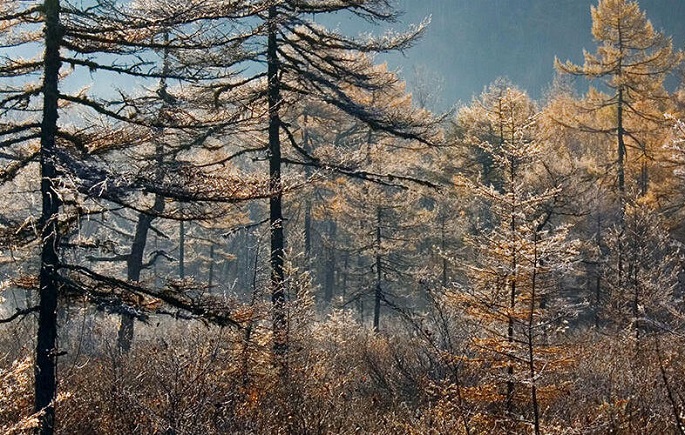Nature tries hard to cope with climate change
Published : 24 Nov 2020, 02:03
Updated : 24 Nov 2020, 10:07
A network of researchers working on an unprecedentedly large dataset of seasonal events has shown that the timing of species’ activity fail to keep up with their cues and how quickly activity shifts reflects past evolution, said the University of Helsinki in a press release quoting a study report.
The observed patterns of local adaptation translate to a massive imprint on nature’s calendar, making geographic variation in the timing of natural events more pronounced in spring and less pronounced in autumn, said the study by the research teams at the University of Helsinki and the Swedish University of Agricultural Sciences in Uppsala.
Since organisms have evolved to respond differently in different areas, it will take further evolution to adjust to the new climate.
In nature, species’ activities are timed to their environment. For plants to bloom when their pollinators are around, for birds to breed when there is food for their chicks – and then to leave before snow covers the ground – they must follow cues in their environment.
“One such cue relates to temperatures: in warm years, all types of events tend to occur early, and in cold years, they tend to occur late. How much events shift with shifts in temperature is described by something that we call a “reaction norm”,” said Professor Tomas Roslin, one of the lead authors of the study report, who runs the twin research teams at both the Universities in Helsinki and Uppsala.
Researchers have compiled meticulously collected observations of hundreds of seasonal phenomena made over decades at several hundred sites throughout the former Soviet Union. This massive data set has opened an unprecedented opportunity to explore climate change responses over an enormous area and over an enormous time scale.
“We looked at events ranging from the first song of the great tit through the appearance of the common toad and the appearance of the first porcini mushroom to the end of birch leaf fall,” said Maria Delgado, the other lead author of the study report from the Oviedo University in Spain.


